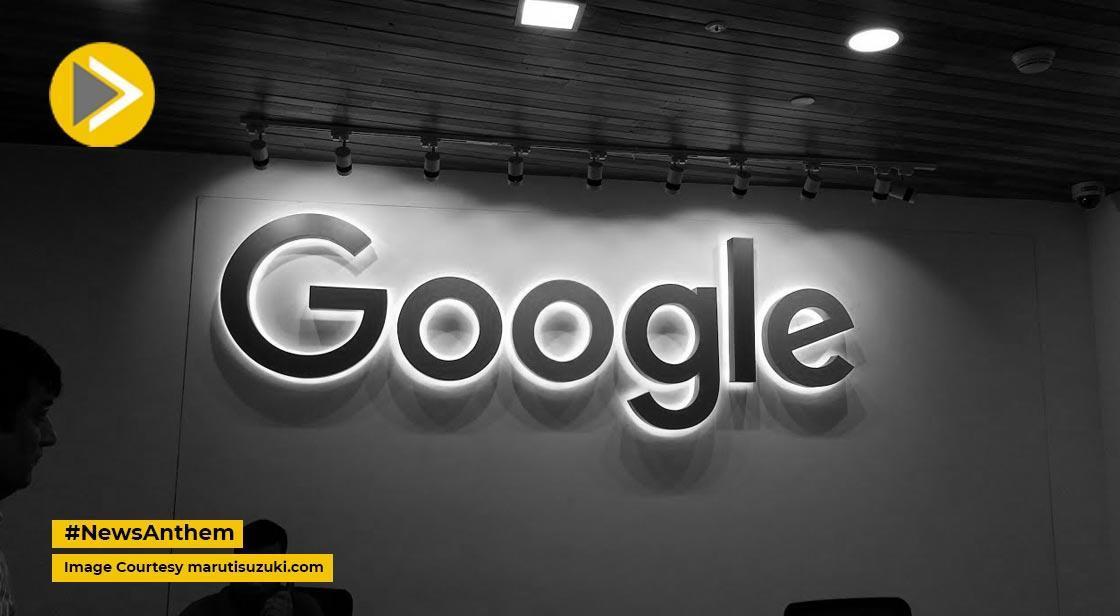Google Finally Details the Functionality of Its Gemini-Powered Ask Photos Feature

News Synopsis
Nearly a year after first unveiling the Ask Photos feature during its I/O developer conference in May 2024, Google has officially provided insights into how the feature operates and how users can leverage it. Initially rolled out to early-access users in September 2024, the feature acts as a powerful extension of Google Photos, powered by Gemini AI, the company’s advanced artificial intelligence assistant.
Gemini-Powered Ask Photos: Now Active on Android and iOS
Availability and Requirements
As per a newly published support document by Google, the Ask Photos feature is now available on both Android and iOS platforms. To access the feature, users need to:
-
Install the Gemini app and the Google Photos app
-
Enable Gemini Apps Activity (previously known as Gemini Extensions)
-
Log into both apps using the same Google account
Once these steps are completed, the Ask Photos feature becomes active and ready for use.
How Ask Photos Works with Gemini Integration
Search Photos with Simple Prompts
Google explains that users can directly ask the Gemini app to search their photo library in Google Photos. By including @Google Photos or “my photos” in the prompt, Gemini knows to pull data from the Photos app.
Some example prompts shared by the company include:
-
“Find my photos of Alex”
-
“Show my photos from last summer”
-
“Show me recent selfies”
-
“Show my photos from my most recent trip”
-
“Find my photos of landscapes”
These conversational-style prompts allow users to filter specific images stored in their Google cloud library with ease.
Support for Natural Language & Follow-up Queries
Users can also use natural language or multi-sentence queries to describe the image they’re searching for. The AI understands basic context like who’s in the photo, when or where it was taken, or what’s in it. If Gemini can’t locate the image on the first try, users can continue the conversation and ask follow-up questions.
What Kind of Photo Information Can Gemini Access?
The AI can refine image results using:
-
Face groups (such as family or friends saved in the app)
-
Relationships saved in Google Photos
-
Geolocation data (where the photo was taken)
-
Date and time
-
Object or activity descriptions
-
Context from the current Gemini conversation
This makes it much more flexible and human-like compared to traditional keyword-based search.
Smarter AI, Smarter Search: What This Means for Google Users
The addition of Gemini into Google Photos is a clear indicator of Google’s broader goal to infuse generative AI capabilities into everyday apps. With AI-enhanced search functions, Google aims to help users retrieve memories more intuitively, moving beyond timestamps and tags.
This also ties into the company’s long-term ambition of making Gemini a centralized AI assistant that integrates across Google services like Gmail, Calendar, and Docs, enabling smarter personal productivity tools.
Conclusion
Google’s integration of Gemini AI with its Photos app marks a significant step forward in making image search more intuitive and conversational. With the Ask Photos feature, users no longer need to scroll endlessly to find a specific photo—they can simply describe what they’re looking for in natural language, and Gemini does the rest.
Whether it’s a selfie from a recent trip or a photo of a friend named Alex, the AI assistant can locate it based on people, places, dates, or even your ongoing conversation with the app. This innovation not only enhances user convenience but also showcases Google’s broader vision of seamlessly blending AI into everyday tasks.
By offering support across Android and iOS platforms and ensuring privacy through on-device processing, Google is setting new benchmarks for intelligent digital assistants. As this feature continues to evolve, it may soon become the go-to method for managing and accessing photo memories efficiently.
You May Like









